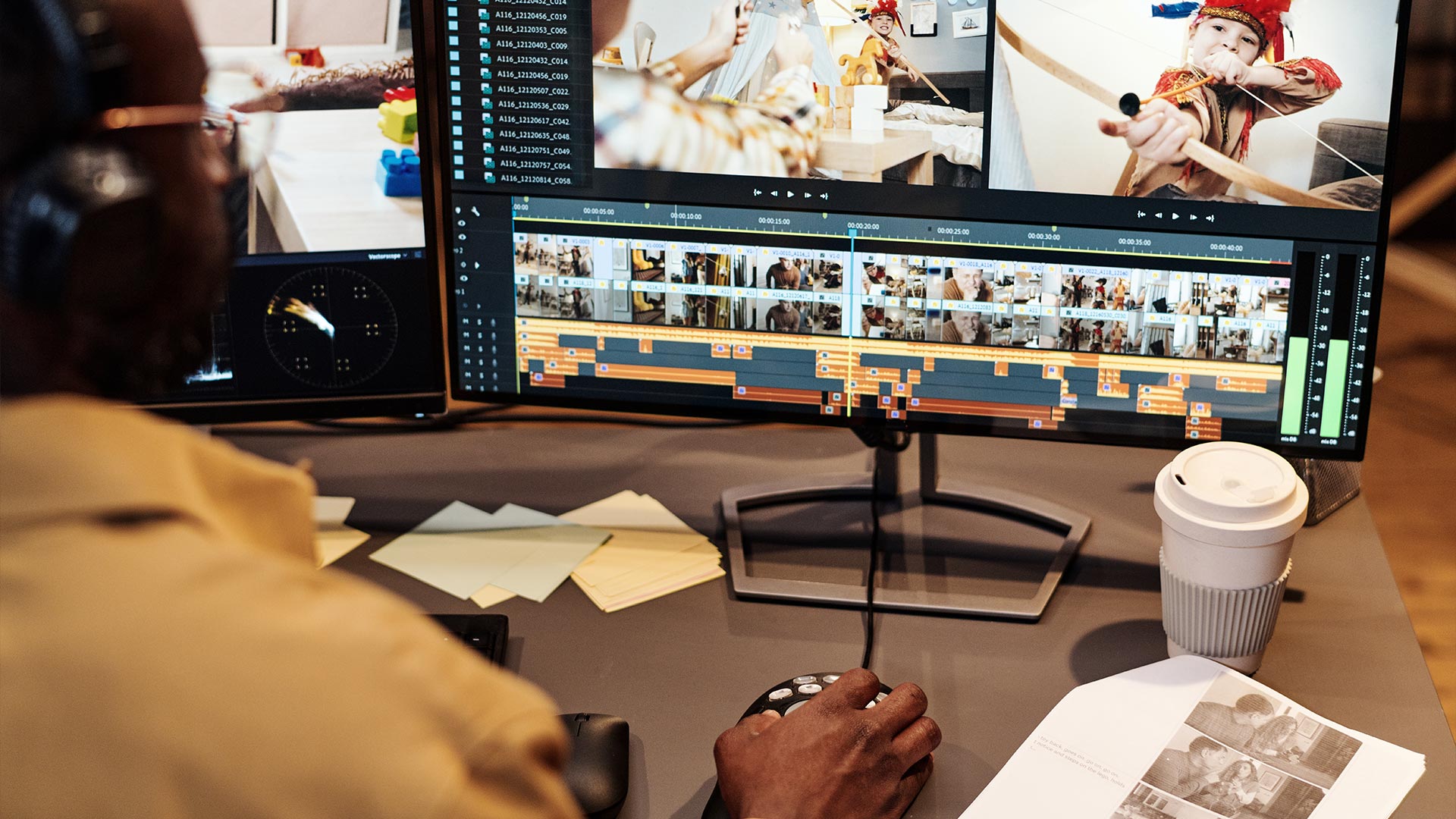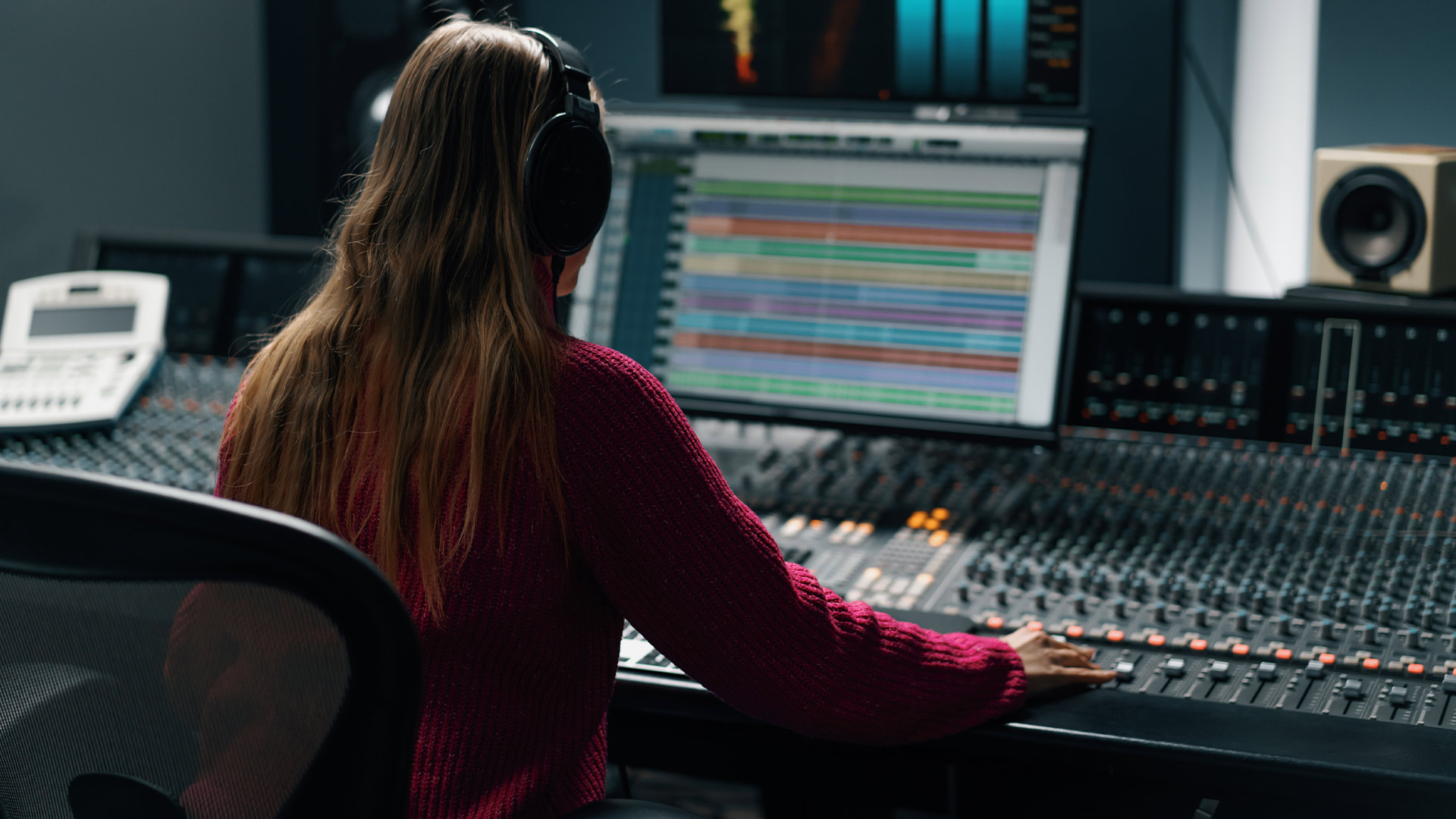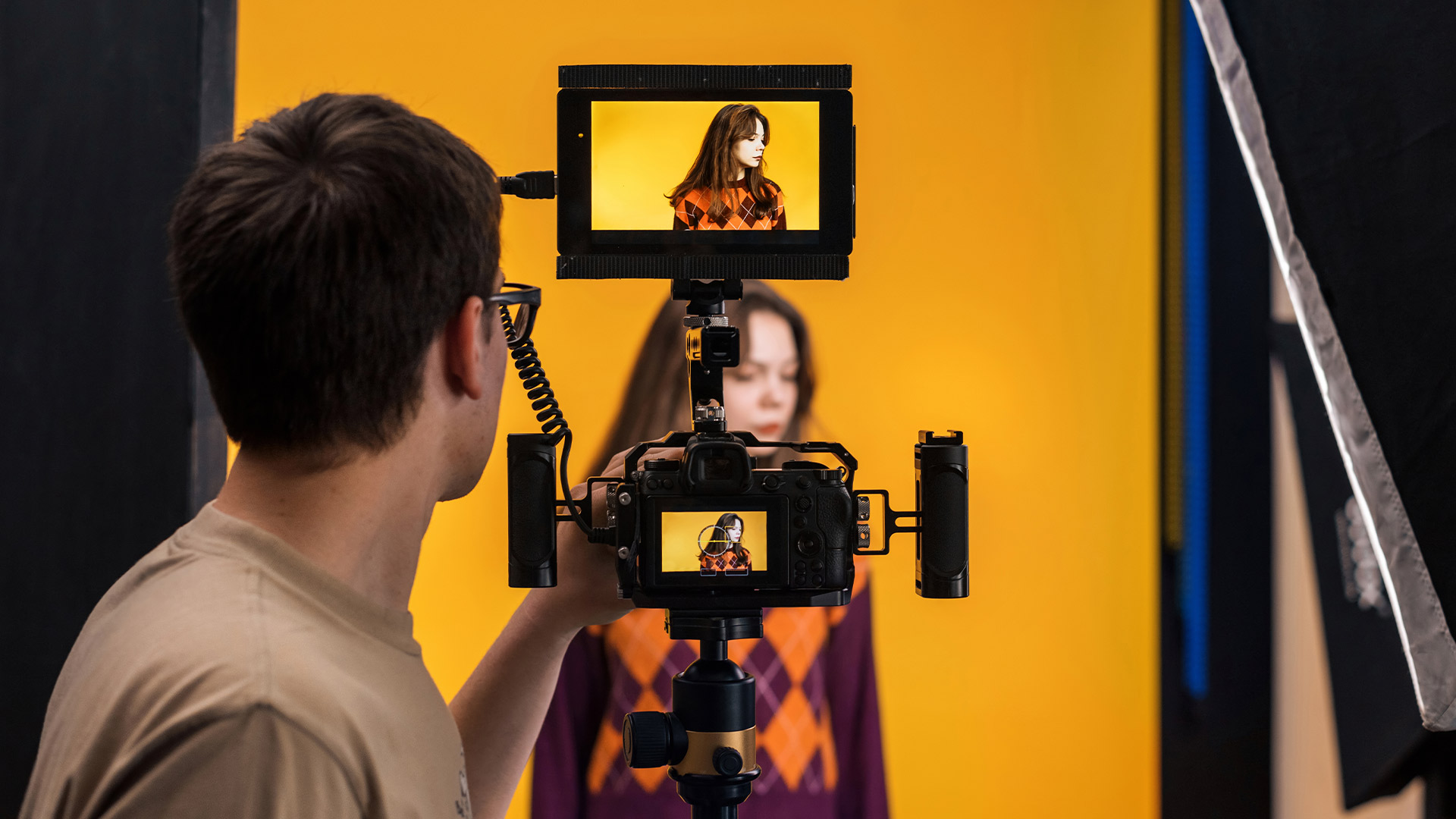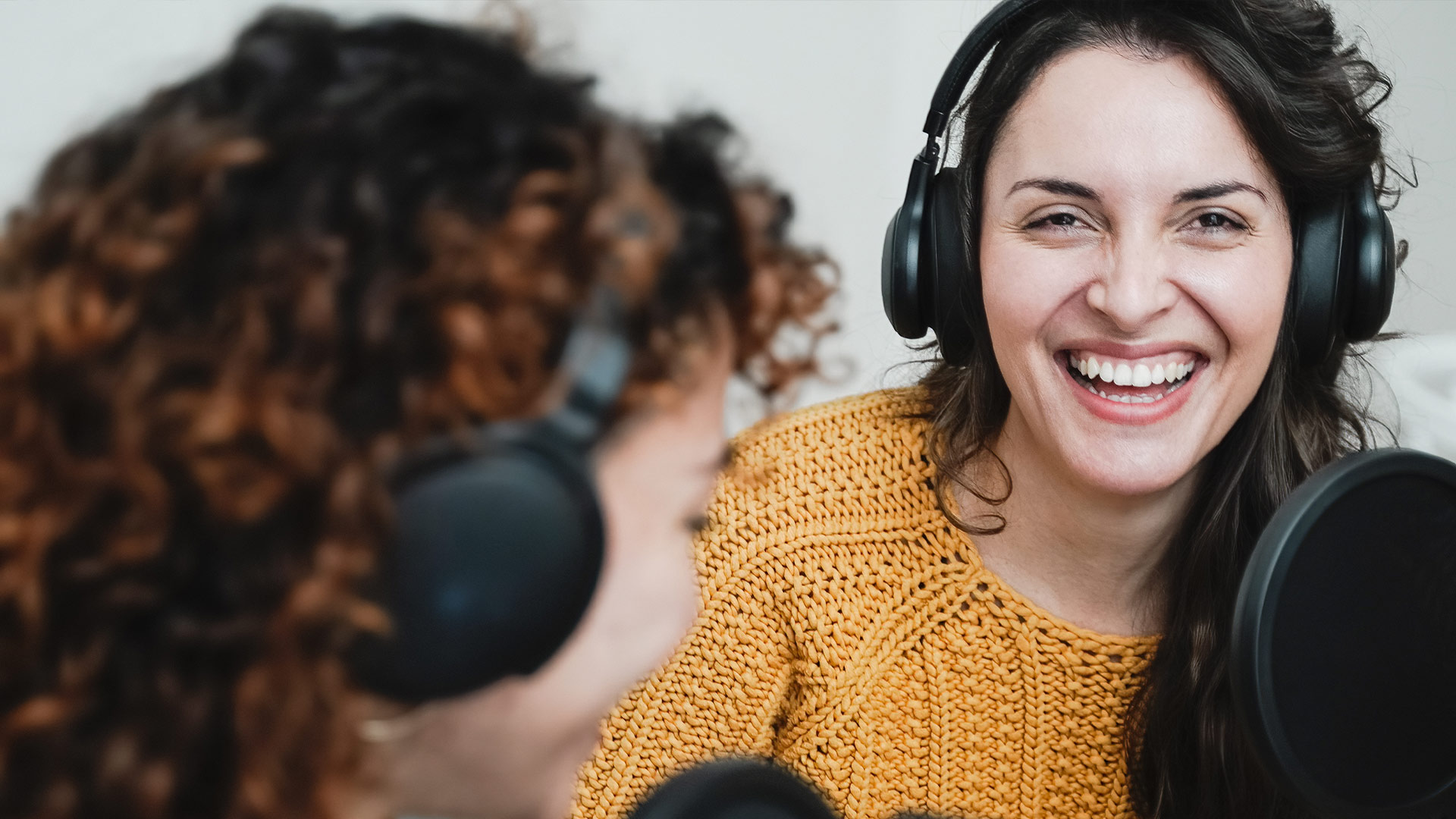Ever rewatch a short video and feel like you blinked and missed half of it? Or the opposite—where it drags so long you wonder if it was secretly a full-length movie?
That’s pacing. And in the world of viral short-form content, it’s everything.
Editing cuts control how fast your video moves, how engaged people feel, and whether they stick around till the end. Too slow? Swipe. Too fast? Confusion. Let’s find that sweet spot—and learn how to cut smart, not just fast.
First: What Is a “Cut” in Short Video Terms?
A “cut” is basically any transition from one shot to another. In short-form, this includes:
- Jump cuts between sentences
- Angle changes during the same scene
- B-roll overlays or quick flashes of visuals
- Hard edits between different clips or concepts
You’re not just trimming for time. You’re shaping rhythm.
Think of cuts like beats in a song. Too many and it’s chaos. Too few and it’s boring. Just right? It feels effortless to watch.
So… How Many Cuts Should You Use?
There’s no universal number—but there are ranges that work better depending on the type of content:
- Talking to camera? Cut every 1–2 sentences (about every 2–4 seconds)
- Tutorials or demos? Cut on steps or key motions—especially slow parts
- Vlogs or storytelling? Mix between tight talking shots and scenic b-roll every 3–5 seconds
- Comedy? Use micro-cuts (every 1–2 seconds) to heighten pacing and punchlines
If a section feels like it’s dragging, it probably needs a cut. If it feels jittery or hard to follow, you’re probably overdoing it.
Use Cuts to Guide the Eye
Good pacing isn't just about speed—it's about attention. Your edits should guide where viewers look and what they focus on.
Try:
- Cutting to zoom-ins when you say something important
- Using quick reaction cutaways for emotion or humor
- Repeating the same visual in a new way to reinforce a point
Your viewer's brain will follow visual changes more than your words. Use that to your advantage.
When Fewer Cuts Are Actually Better
Not everything needs to feel like an action movie trailer.
Sometimes holding a shot for 4–5 seconds without a cut:
- Builds tension (great for storytelling or slow reveals)
- Makes the moment feel real and unfiltered
- Gives the viewer a second to breathe
This works especially well in:
- Emotional videos
- Calm routines or voiceovers
- Point-of-view or reaction content
Pro tip: Hold just long enough for people to almost lose focus… then cut. That slight discomfort keeps them hooked.
Cut on Action (Not on Awkward Pauses)
One of the easiest pacing mistakes? Leaving in moments where nothing happens. These might seem natural in real life, but they kill momentum in short-form video.
What to cut:
- Breathing between lines
- Adjusting your phone or mic
- The half-second before a facial expression starts
- Saying “uh,” “so,” or “anyway” with no payoff
What to keep:
- Natural movement between sentences
- Expressions and hand gestures that feel spontaneous
- Moments where you’re clearly reacting—even silently
You’re not cutting out you. You’re cutting out anything that makes the viewer’s brain start drifting.
Sync Cuts With Sound
Want your pacing to feel seamless, even when it’s fast? Let your audio lead.
Tips:
- Match edits to the beat of your background track
- Time your visual changes with sound effects or voice changes
- Use silence or ambient noise to slow the rhythm before a reveal
It’s like editing with a metronome. Viewers don’t always notice—but they feel the flow.
Use Visual Cues as “Mini Anchors”
One trick to avoid overwhelming the viewer with too many cuts is to keep some visual elements consistent:
- Keep your face or subject framed similarly, even if you jump cut
- Anchor your shots with the same background, object, or lighting
- Use text or symbols to orient the viewer (like a recurring caption or pop-up)
This makes the pacing feel fast—but still grounded. Like a good rollercoaster: it moves, but you never feel lost.
The One-Second Test
When in doubt, watch your video and ask yourself: if nothing changes in the next second, will people swipe?
If the answer is yes—cut, change the angle, move, or add something.
Short-form video is about constant micro-surprises. Even small changes like zooms, sound shifts, or caption animations can keep attention alive without overediting.
Don’t Cut Just to Cut
This is important: fast doesn’t always mean good.
If your cuts are:
- Distracting
- Jarring
- Making it hard to follow what’s happening
…then you’re doing too much.
Remember, every cut should serve a purpose:
- Move the story forward
- Emphasize a beat or point
- Reset attention
- Build rhythm
Cutting for speed alone creates noise. Cutting with intention builds flow.
Test Different Paces and Watch Your Metrics
Different audiences like different rhythms. What works for Gen Z might feel chaotic to millennials—and vice versa.
Try posting two versions of the same content:
- One with tighter cuts and quicker pacing
- One with fewer cuts and more breathing room
Then check:
- Watch time
- Replays
- Drop-off point
Your audience will tell you what pace they like—just give them both options once in a while.




